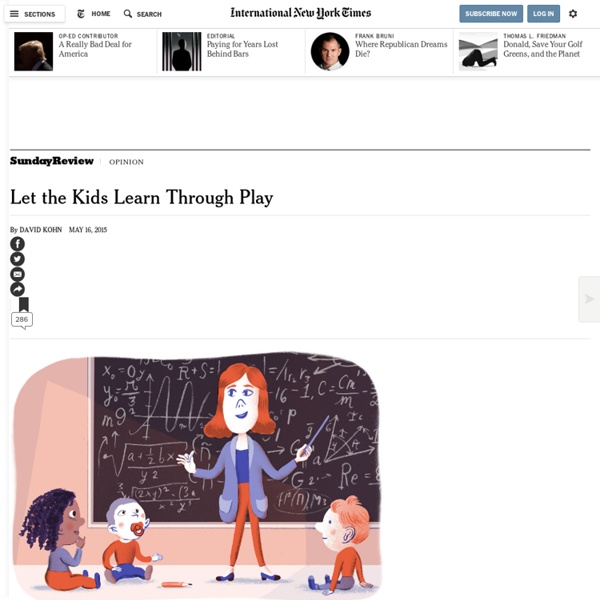Let the Kids Learn Through Play

Animal Articles
Kids will love learning about their favorite animal species by reading these interesting articles. We have scores of articles covering all types of animals, from aardvarks to zebras. Most of the worksheets on this page align with the Common Core Standards. To see CCSS connections, simply click the apple core icon ( Mammals Aardvarks Member Even though it is sometimes called earth pigs, aardvarks aren't really related to pigs at all. Armadillos Member Learn about the armored mammals called armadillos, which can be found in various areas throughout North and South America. Bats Member While most bats eat insects, there is one type of bat- the vampire bat- the drinks blood. Beavers Member This article contains a list of common beaver questions, such as "What's the difference between a beaver lodge and a beaver dam?" Bighorn Sheep Member Bighorn Sheep have horns that weigh up to 30 pounds. Camels Member Capybara Member Learn about our planet's largest species of rodent, the capybara. Cheetahs Member
12 Preschool Science Experiments
These preschool science experiments are perfect for the smallest scientists. Engage little ones curious nature of “why” and use these hands on activities to explain. It is never too early to explore and investigate! Here are some fun ways to introduce science to your preschooler, inspired by We Made That. Affiliate links below If you’re looking for a fun, ready to play, box of science for your kids, check out the Color of Science kit from Kiwi Crate – we LOVE it! 1. 2. 3. 4. 5. 6. 7. 8. 9. 10. 11. 12.
Coaching in Early Childhood: Coaching Tools
The following tools were developed by Dathan Rush and M'Lisa Shelden as well as other staff at the Family, Infant and Preschool Program in Morganton, North Carolina to assist practitioners in their adherence to coaching practices. They will be available in the PDF format. You will need the free Adobe Reader to view these documets. These products are not available yet, please check back soon. A Framework for Reflective Questioning A Framework for Reflective Questioning provides questions that may be used by the coach to promote reflection on the part of the learner. The framework lists examples of four different types of questions use for four different purposes during the coaching conversation.
Little Story Maker App: Listening, Reading, Customizing, Personalizing
I am completely impressed with the “Little Story Maker” App by Grasshopper Apps. (Thank you to Karen Lirenman, a first Grade teacher from Surrey, BC, Canada) I happen to visit my little niece in Canada this past week. Sophia is 8 years old and just moved to Canada 6 months ago from Brazil. In the app, we added a story. Then added the title of the story, added a cover image from the photo album and chose the template with the biggest image layout (I hope that a future update will bring more template layouts with multiple images as choices.) We kept adding pages with images and text for each page. The app allows you to have the book read to you, read it by yourself of set it to AutoPlay, which is really nothing new and most children’s book apps have the same feature. Where the customization comes in, is the fact, that you not only can enter you own text, then record your own voice (in any language of course) AND have individual words highlighted as it is being read! Like this: Like Loading...
Adjective Monster
Overview Key Staff Classroom teacher Key Skills Making Art: Producing, Executing and Performing Summary This lesson explores the connections between visual art and language arts, and how both are used to creatively tell stories and express emotions. Learning Objectives Students will: Define “adjective” and list at least one example. Teaching Approach Arts Enhanced Teaching Methods Brainstorming Modeling Independent Practice Assessment Type Informal Assessment Preparation Lesson Setup Teacher Background Visit A Love of Monsters for photos of architectural monsters that you may wish to post to inspire students. Prior Student Knowledge General knowledge of basic shapes Grouping Individualized Instruction Staging Lesson requires open space on the board. next: Instruction > < previous: Overview Instruction Engage 1. 2. Build Knowledge 1. 2. Apply 1. 2. 3. 4. 5. 5. Reflect 1. next: Standards > < previous: Preparation Standards National Standards for Arts Education Common Core/State Standards Mathematics
Related:



